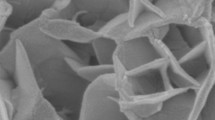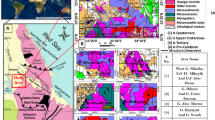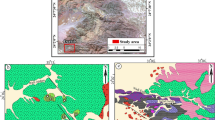Abstract
SINCE the communication by Mr. P. Walther regarding native tantalum from the Ural Mountains was published in NATURE of September 16, 1909 (p. 335), another small quantity of a few dekagrams of native tantalum has been recognised in the collection of the deceased mining director, having been collected from the Altai Mountains. It was found in very similar circumstances, and at about the same time, as the tantalum from the Ural Mountains. The difference is in the impurities; the Altai tantalum contains gold from a slight trace to 0.0095 per cent., but no trace of manganese, tin, and niobium could be detected; the latter three have been found in the Ural tantalum. The average percentage of tantalum is 98–99 per cent The average measurement of the crystals is about 0.1 mm., and the crystals are of the regular system, as in the Ural tantalum. The hardness (between 6 and 7) and the specific gravity (11·2) are the same. The specific gravity mentioned in NATURE of September 16, 1909, has been fountf too low, the error being due to air bubbles.
This is a preview of subscription content, access via your institution
Access options
Subscribe to this journal
Receive 51 print issues and online access
$199.00 per year
only $3.90 per issue
Buy this article
- Purchase on SpringerLink
- Instant access to full article PDF
Prices may be subject to local taxes which are calculated during checkout
Similar content being viewed by others
Author information
Authors and Affiliations
Rights and permissions
About this article
Cite this article
JOHN, W. Native Tantalum. Nature 83, 398 (1910). https://doi.org/10.1038/083398d0
Issue date:
DOI: https://doi.org/10.1038/083398d0



